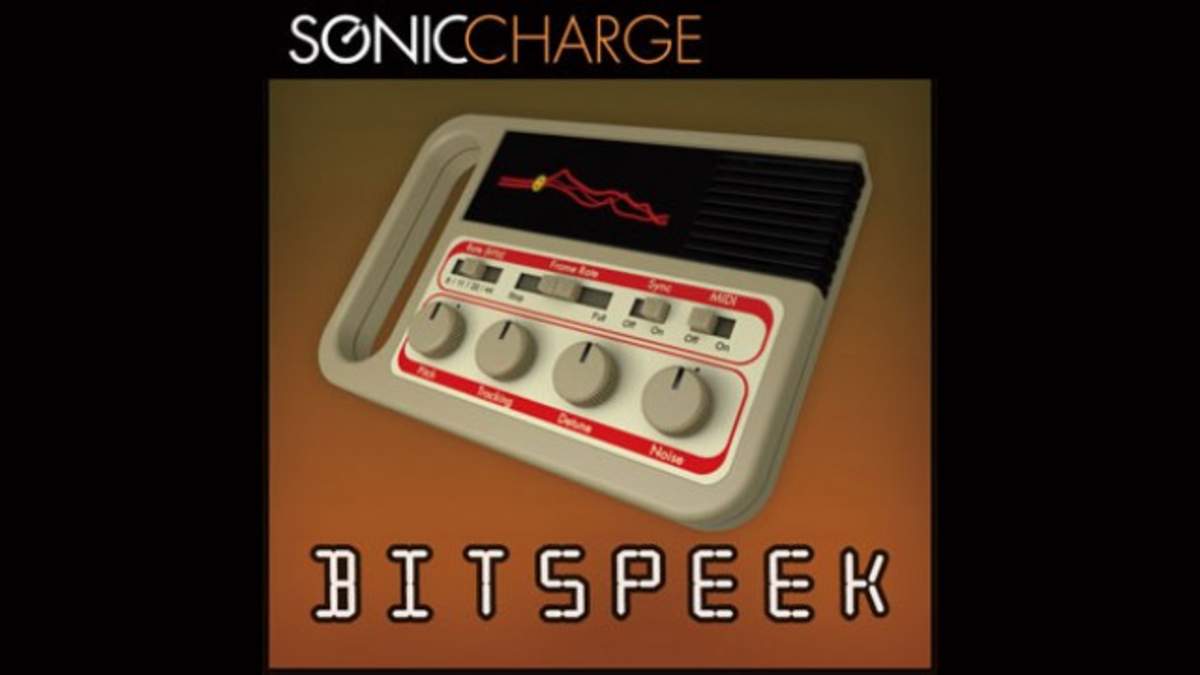

The Rate parameter lets you set Bitspeek's internal sample rate, from a distinctly lo-fi Speak & Spell 8kHz, on through 11kHz and 22kHz, and up to 44.1/48kHz (it adapts to your project's sample rate).Īlso, there's a Frame Rate slider that determines how often the incoming audio is sampled, ranging from 0 to 80Hz when the Sync switch is Off, or snapping to beat divisions of 1/1 up to 1/64 in the On position, which is great for rhythmic material. Noise sets the balance between pitched tones and the noise generator. Tracking determines how closely the output adheres to the pitch of the input: at zero, the output pitch is a monotone robotic drone 100% follows the input as closely as it can while 200% exaggerates pitch variances. This is pretty much all you need for defining the overall sound.

There are four main controls: Pitch (+/-3 octaves), Tracking (0-200%), Detune (introduces a secondary oscillator that can be shifted by up to an octave from the main one) and Noise (+/- 100%). While LPC can be used for accurate reproduction of voices, Bitspeek lets you tinker with its parameters to create more unnatural results. These parameters are stored/transmitted on a per-frame basis, to be fed into an oscillator/filter/noise combo to reproduce the speech. LPC encodes speech by sampling audio many times a second and using analysis techniques to suss out the oscillator pitch/volume, filter values and noise level needed to approximate each 'frame'.


 0 kommentar(er)
0 kommentar(er)
